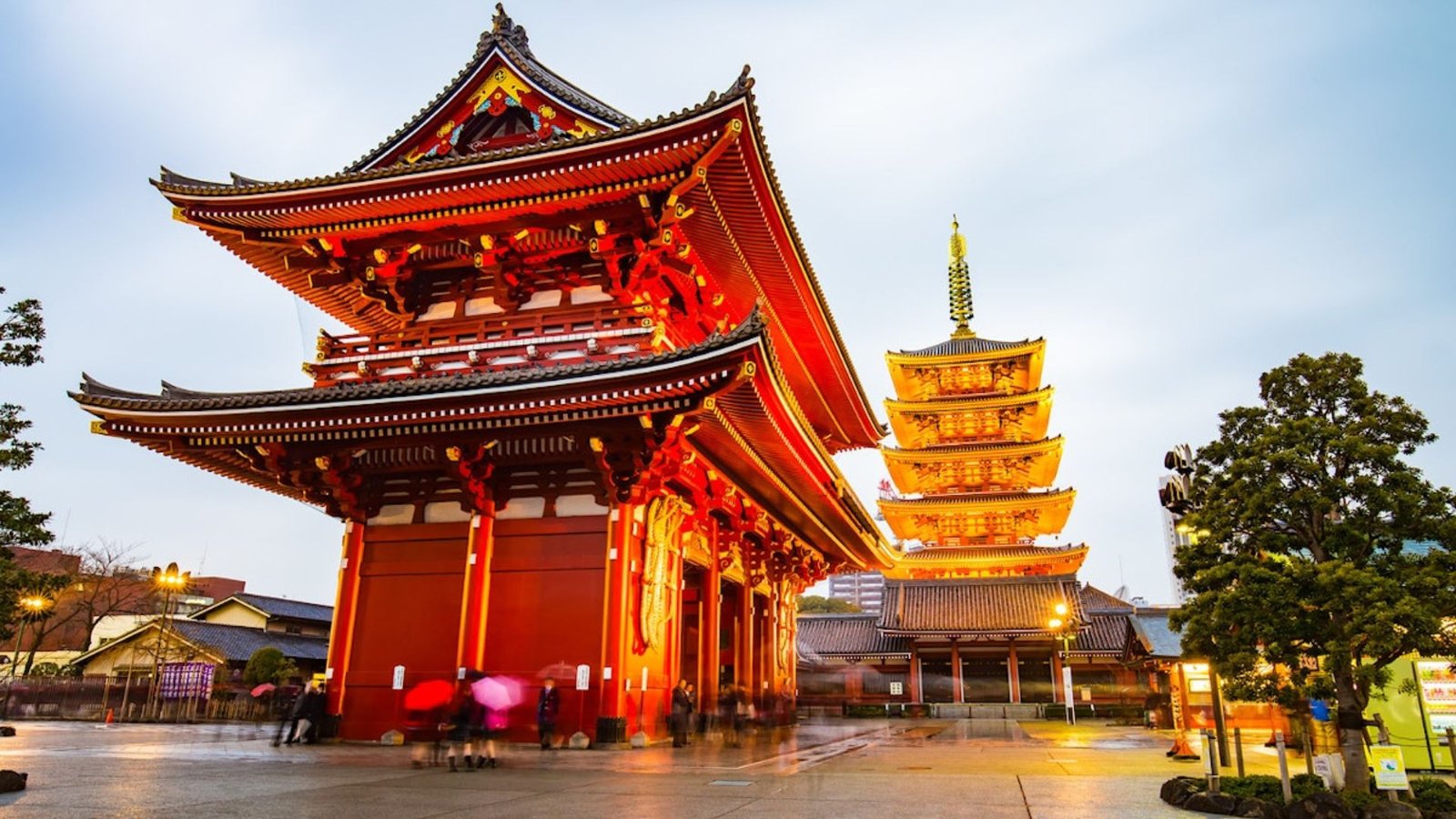The Role of Shinto and Buddhism in Japanese Daily Life
Shinto and Buddhism are two foundational religious practices that significantly shape Japanese culture and daily life. Though distinct in their beliefs and practices, both play a crucial role in influencing customs, rituals, and personal spirituality in Japan. Here’s a detailed look at how these traditions intertwine with everyday life in Japan.

Shinto: The Indigenous Spirituality of Japan
Origins and Beliefs Shinto, meaning “the way of the gods,” is Japan’s indigenous spirituality, with roots stretching back to ancient times. It centers on the worship of kami, which are spirits or deities associated with natural elements, ancestors, and sacred places. Shinto does not have a central scripture or founder but relies on oral traditions and rituals.
Daily Practices and Rituals
- Shrine Visits: Many Japanese people visit Shinto shrines regularly to pay respects, seek blessings, and make offerings. It’s common for families to visit shrines during major life events such as births, weddings, and the New Year. The practice of visiting shrines is deeply ingrained in Japanese life and is often combined with traditional customs.
- Seasonal Festivals: Shinto shrines host numerous festivals (matsuri) throughout the year, celebrating the changing seasons, agricultural milestones, and historical events. These festivals often include traditional dances, processions, and community gatherings, playing a significant role in local culture and community cohesion.
- Purification Rituals: Purification is an essential aspect of Shinto practice. Before entering a shrine, visitors wash their hands and mouth at a purification fountain (temizuya) to cleanse themselves spiritually. This practice reflects the importance of purity and respect in Shinto.
Buddhism: The Path of Enlightenment
Origins and Beliefs Buddhism was introduced to Japan from China and Korea around the 6th century. It focuses on the teachings of Siddhartha Gautama, known as the Buddha, who sought to understand the nature of suffering and the path to enlightenment. Buddhism in Japan encompasses various schools, including Zen, Pure Land, and Nichiren, each with its own practices and beliefs.
Daily Practices and Rituals
- Temples and Monastic Life: Buddhist temples are centers for spiritual practice and community activities. Many Japanese people visit temples for personal reflection, meditation, and to honor deceased loved ones. Temples often hold ceremonies for various occasions, including funerals and memorial services.
- Seasonal and Life Event Ceremonies: Buddhism influences significant life events such as births, marriages, and deaths. For example, Buddhist funerals follow specific rituals intended to ensure a peaceful transition to the afterlife and to provide solace to the bereaved.
- Meditation and Mindfulness: Zen Buddhism, in particular, emphasizes meditation (zazen) and mindfulness as tools for personal growth and enlightenment. Many Japanese individuals incorporate meditation practices into their daily routines to achieve mental clarity and emotional balance.
The Intersection of Shinto and Buddhism
Syncretism and Coexistence In Japan, Shinto and Buddhism are often practiced in tandem, a phenomenon known as syncretism. Many Japanese people might participate in Shinto rituals for seasonal festivals and personal blessings while turning to Buddhism for spiritual guidance and life ceremonies. This coexistence reflects a pragmatic approach to spirituality, where different practices are integrated into daily life to address various aspects of human experience.
Festivals and Rituals Certain festivals and rituals may blend Shinto and Buddhist elements, showcasing the harmonious integration of these traditions. For instance, New Year celebrations often include Shinto visits to shrines and Buddhist prayers for peace and prosperity.
Cultural Influence Both Shinto and Buddhism have deeply influenced Japanese arts, literature, and cultural practices. Traditional Japanese aesthetics, such as garden design, calligraphy, and tea ceremonies, often reflect principles from both religions.
Conclusion
Shinto and Buddhism play integral roles in Japanese daily life, offering spiritual guidance, shaping cultural practices, and providing frameworks for personal and communal rituals. While distinct in their teachings, the interplay between these two traditions illustrates the rich tapestry of Japanese spirituality. By participating in Shinto and Buddhist practices, Japanese people connect with their heritage and cultivate a sense of harmony and balance in their lives.



